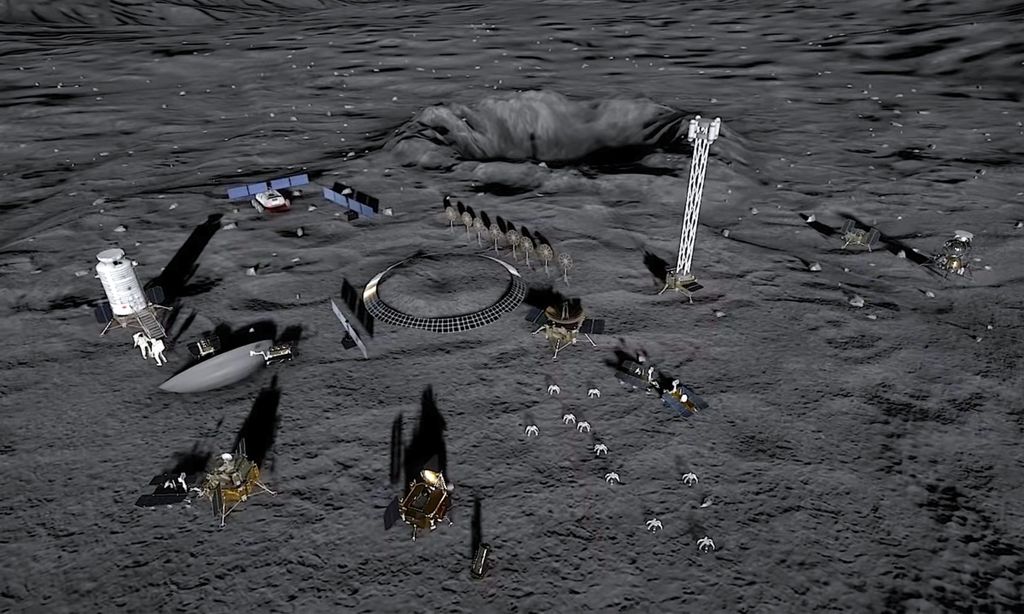
This consisted of a crewed spacecraft (Project 863–204) used to ferry astronaut crews to a space station (Project 863–205). The next crewed space program was even more ambitious and was proposed in March 1986 as Project 863. The program was soon cancelled due to political turmoil. The first screening process for astronauts had already ended on 15 March 1971, with 19 astronauts chosen. Project 714 was officially adopted in April 1971 with the goal of sending two astronauts into space by 1973 aboard the Shuguang spacecraft. China's first crewed spacecraft design was named Shuguang-1 (曙光一号) in January 1968. Mao and Zhou Enlai began the PRC's crewed space program on 14 July 1967. However, it would not be until 24 April 1970 that this goal would become a reality. After the launch of mankind's first artificial satellite, Sputnik 1 by the Soviet Union on 4 October 1957, Mao decided to put China on an equal footing with the superpowers ("我们也要搞人造卫星"), using Project 581 with the idea of putting a satellite in orbit by 1959 to celebrate the 10th anniversary of the PRC's founding. Thus, Mao announced his decision to develop China's own strategic weapons, including associated missiles. Chinese space foodĪfter the United States threatened to use nuclear weapons during the Korean War, Mao Zedong decided that only a nuclear deterrent of its own would guarantee the security of the newly founded PRC. Main article: Chinese space program Yang Liwei, first Chinese astronaut, the third country to launch a crewed spaceflight. It supports three astronauts for long-term habitation. The project will culminate with the Tiangong space station, which consist of a 22.6-ton core module and cargo transport craft, with two more major research modules to be launched in 2022.
#CHINESE SPACE STATION SERIES#
The first module of the 12 part new series of Tiangong space station launched on 29 April 2021. Following Tiangong-1, a more advanced space laboratory complete with cargo spacecraft, dubbed Tiangong-2, was launched on 15 September 2016.

The core module, the Tianhe ("Harmony of the Heavens") was finally launched on 29 April 2021 marking the start of the Tiangong Space program deployment.Ĭhina launched its first space laboratory, Tiangong-1, on 29 September 2011. The program is part of the China Manned Space Program that began in 1992. This program is independent and unconnected to any other international space-active countries.

The Tiangong program ( Chinese: 天宫空间站工程 pinyin: Tiāngōng kōngjiānzhàn gōngchéng) is China's space program to create a modular space station, comparable to Mir. For other uses, see Tiangong (disambiguation).


 0 kommentar(er)
0 kommentar(er)
